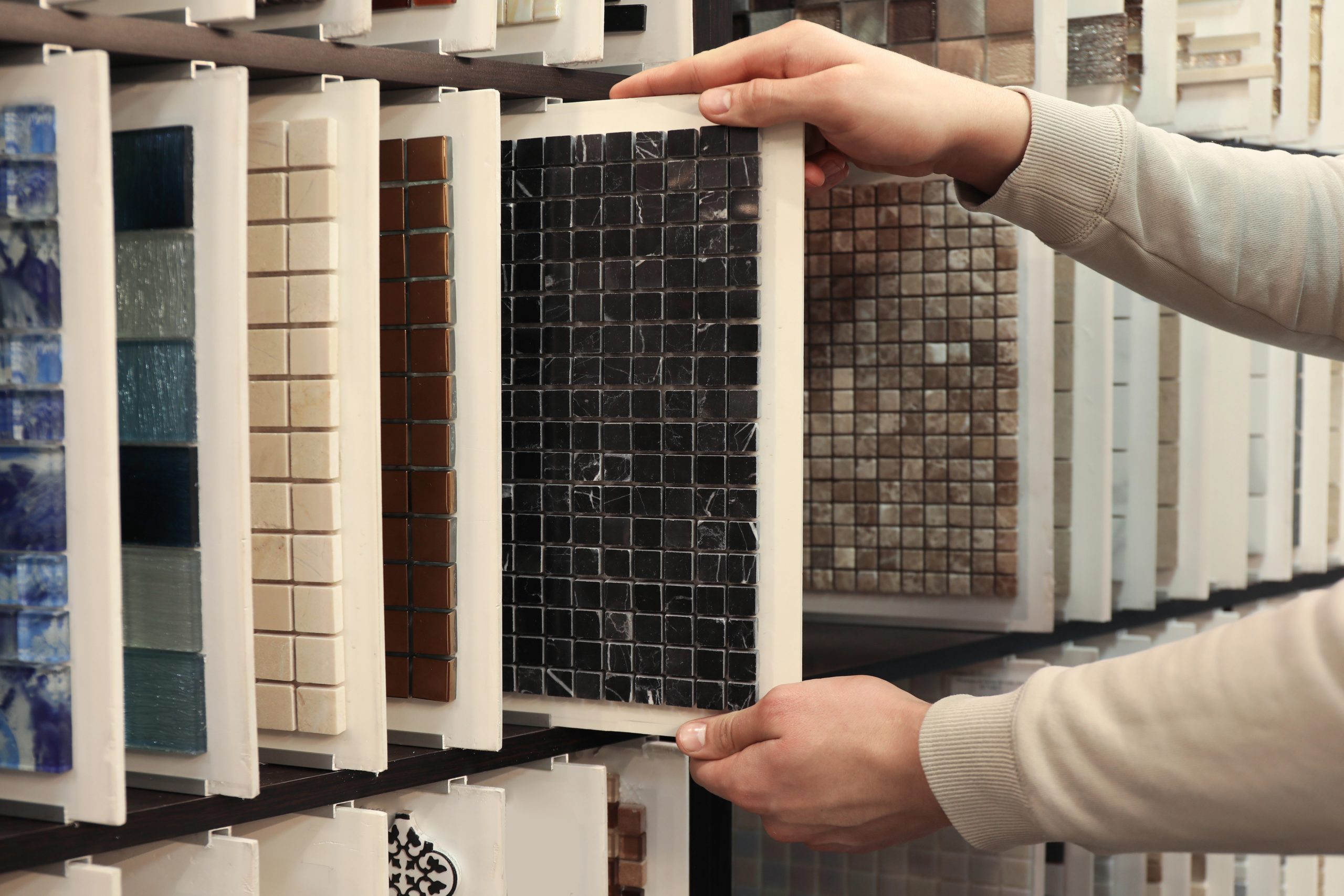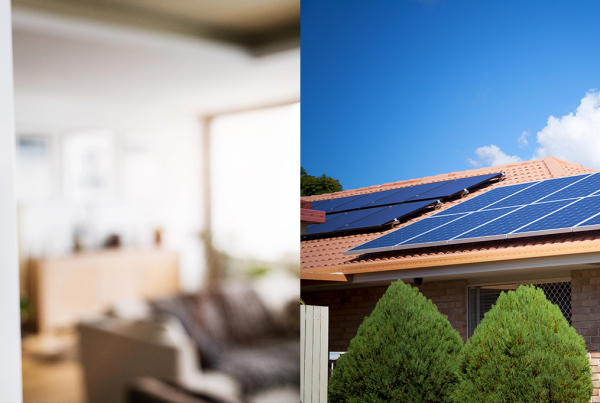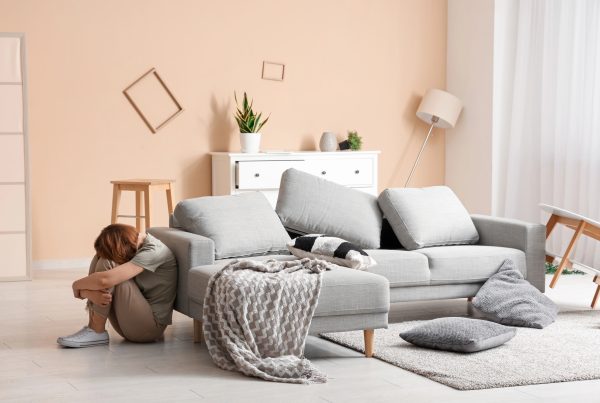Planning a bathroom renovation and facing the daunting choice of tiles? It’s a decision that will affect not only the appearance but also the functionality of the space for years to come. Well-chosen tiles are the foundation of a durable, beautiful, and easy-to-maintain bathroom.
Which tiles for the bathroom? Choose style with character
The choice of pattern is more than just a matter of taste—it’s a way to give your bathroom a coherent and unique mood. Smooth, light-colored tiles work well in minimalist interiors, while boho or retro styles can be highlighted with mosaics, cement tiles, or terracotta-like finishes. Tiles imitating stone, wood, or concrete are also popular—they deliver a natural look without compromising on durability.
Don’t be afraid of bolder choices like 3D textured tiles, geometric patterns, or contrasting combinations. Just remember the golden rule of balance—if the walls grab attention, let the floor play a supporting role. Style is not just about looks but also functionality: avoid slippery glossy tiles in wet zones and hard-to-clean textures around the sink.
Tiles for small bathrooms – which format and layout should you choose?
The common myth is that small bathrooms require small tiles. In reality, larger formats can help visually enlarge the space—especially when combined with narrow grouts in similar shades. This helps avoid the “grid effect” that breaks up the visual flow.
The direction of tile installation also matters. Horizontal rectangles “widen” the room, while vertical ones “heighten” the walls. Unconventional layouts like herringbone, chevron, or mosaic add character, but they are more labor-intensive and generate more material waste. Consider these factors carefully, including budget impact.
How to recognize quality bathroom tiles?
Not every tile is suitable for a bathroom—especially the wet zones, like the shower and around the bathtub. Check technical parameters: wear rating (minimum PEI III), water absorption (below 3% for floor tiles), and slip resistance (graded R9–R13—the higher, the better in wet areas).
Tiles resistant to chemicals, temperature, and mechanical stress are a long-term investment—they save you hassle over the years. Purchasing from reputable manufacturers also ensures color consistency and calibrated dimensions—crucial when covering large surfaces.
Grout in the bathroom – color, width, durability
Grout is a detail often overlooked, yet it can make or break the entire composition. The color should harmonize with the tiles—matching tones make the surface appear uniform and calm, while contrasting grouts (e.g. black against white tiles) create a graphic effect but may get dirty faster.
Consider the type of grout too—cement grout is cheaper but less resistant to moisture and stains. Epoxy grout, on the other hand, is waterproof, mold-resistant, and much easier to clean. Though pricier and trickier to apply, epoxy grout is well worth it in water-exposed areas (shower, bathtub surroundings).
Common tiling mistakes – what to avoid
Often it’s not the choice of tiles, but their improper use that leads to disaster. Common mistakes? Using wall tiles on the floor—they may look beautiful, but they’re not designed for heavy loads and will crack. Or using outdoor tiles in the shower—they’re durable, but cold and uncomfortable underfoot.
Even riskier is a DIY installation without proper knowledge or tools. Uneven substrate, lack of expansion joints, wrongly selected adhesive—all of these can cause tiles to crack, detach, or leak. Then you don’t just face a renovation—you end up doing a “re-renovation.” Twice the cost and twice the stress.




